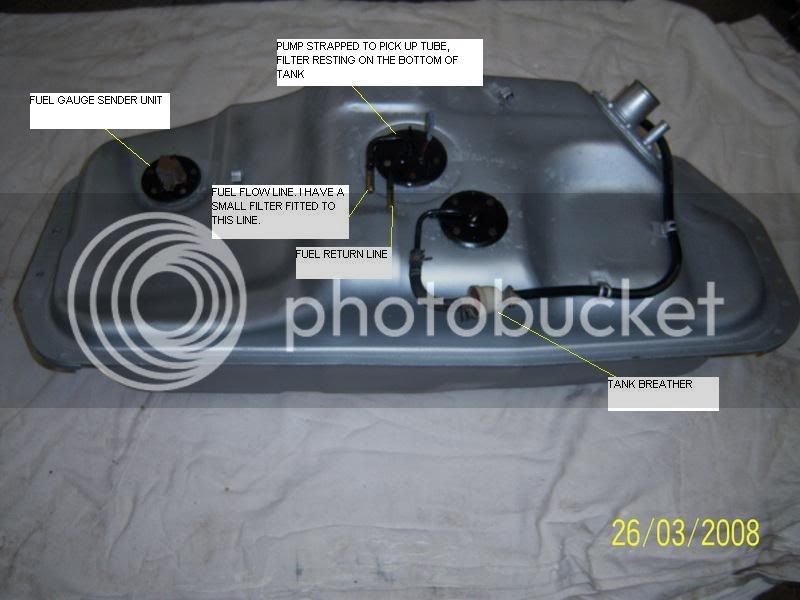961uz4b
New Member
- Messages
- 42
- Location
- Sydney. Northern beachs
On the tank of my hilux I have a send, return and vent line, originally the vent line was running to a charcoal canister in the engine bay that I have now binned, so the vent now just has a tail of hose hanging off it and I’m a little unsure what the best way to deal with it is,
I was in a Toyota dealership the other day and actually noticed a new cab chassis hilux and the vent line simply had about a 6inch tail with a small fitting on the end, I'm guessing this was a one way valve or very small charcoal canister or something, I would like to ruin something like this.
Any suggestions?
I was in a Toyota dealership the other day and actually noticed a new cab chassis hilux and the vent line simply had about a 6inch tail with a small fitting on the end, I'm guessing this was a one way valve or very small charcoal canister or something, I would like to ruin something like this.
Any suggestions?

